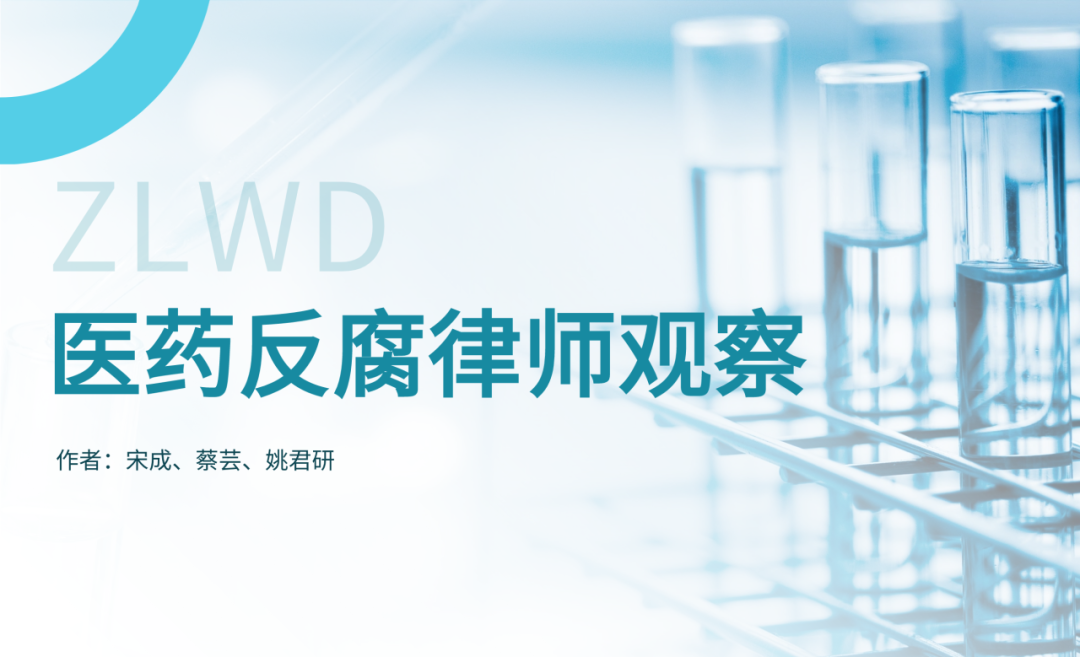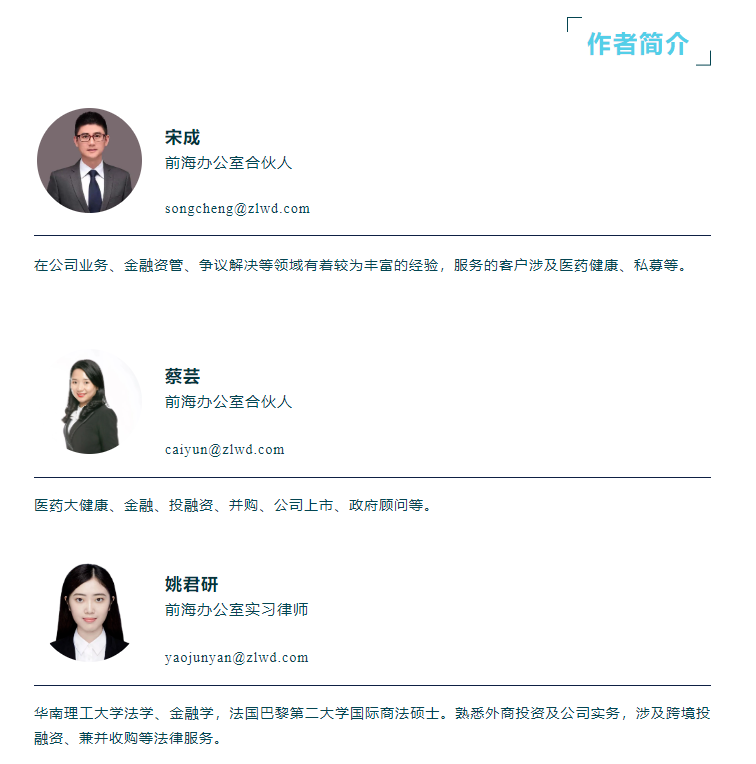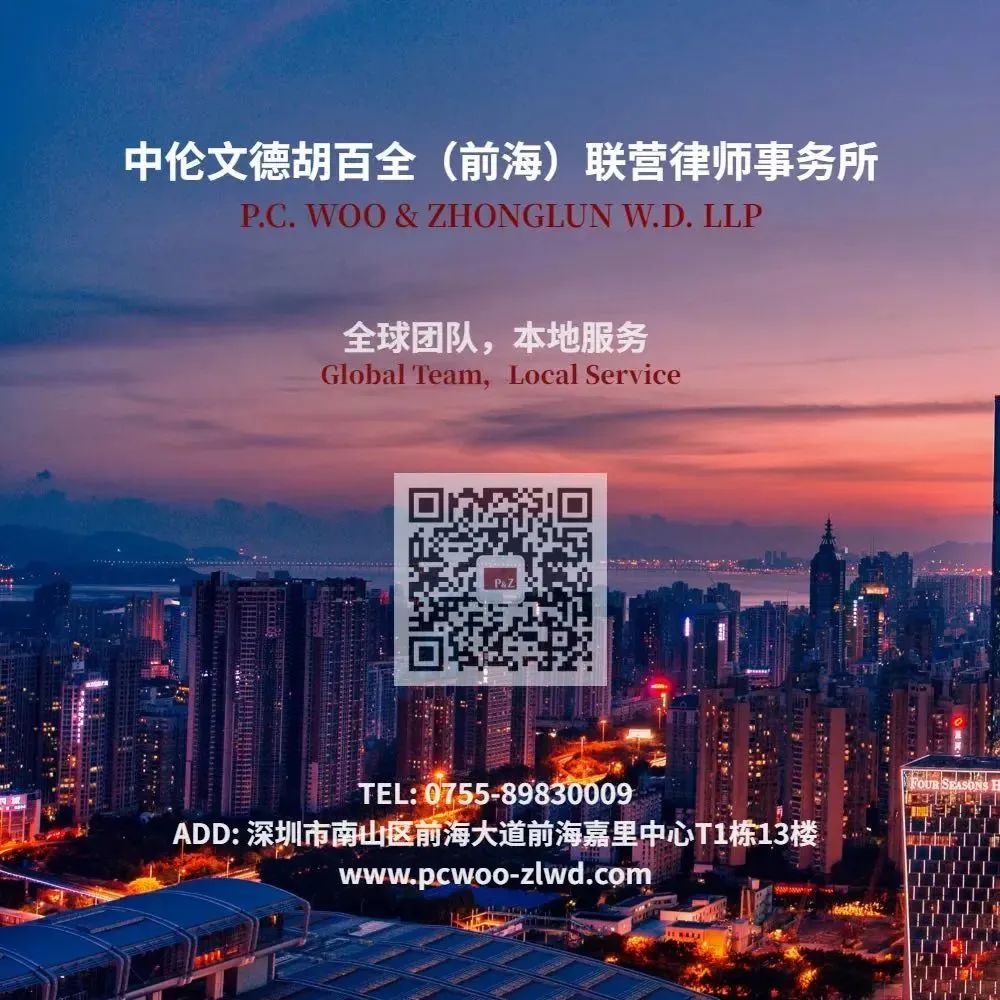
NEWS

NEWS
以下文章来源于中伦文德律师事务所 ,作者ZLWD

On 21 July, the National Health Commission and ten other departments jointly deployed a one-year centralized rectification of corruption in the national pharmaceutical field to carry out a whole-field, whole-chain and whole-coverage systematic governance. In the meantime, the pharmaceutical anti-corruption affected a number of pharmaceutical companies, pushing sales with kickbacks to the forefront of the debate once again. The pharmaceutical anti-corruption campaign will focus on healthcare, involving purchase and sales of drugs and medical devices, mainly targeting key positions in the healthcare field. However, whether such anti-corruption efforts will trigger the deepening of the medical treatment reform remains to be seen.
1.The focus is on key positions. Pharmaceutical anti-corruption has caused a great shock in the society, many people are concerned about the blow to the enthusiasm of medical staff, but also some people say that some high-quality consumables operation can not be carried out, and ordinary academic conferences can not be carried out. The current anti-corruption orientation focuses on six aspects: firstly, administrative departments use power to make rent-seeking; secondly, key minorities and key positions, as well as the sale of drugs, devices and consumables and other sales with kickbacks; thirdly, social organizations under the management and guidance of the administrative departments in the pharmaceutical field make profits by taking advantage of the convenience of their work; fourthly, the problems related to the use of the medical insurance fund; fifthly, the illegal acts of pharmaceutical production and operation enterprises in the field of purchasing and sales; sixthly, medical personnel violate the Nine Criteria for Incorrupt Practices of Staff of Medical Institutions.
2.Anti-corruption touches the core of medical reform. Pharmaceuticals take medical treatment as the core, and related to it are pharmaceuticals, medical devices, and medical insurance funds. The medical system is dominated by public hospitals, with public grade 3 hospitals as the top of the tower, and medical resources are highly concentrated, but in this highly concentrated situation there is a lack of a reasonable distribution system. Resource monopoly generates power, and power breeds corruption. Medical reform does not put efforts on the monopoly of resources, requires doctors, especially the personnel in key positions, to hold their own in various encirclement attack, it may be very difficult to eradicate the wave upon wave.
3.Anti-corruption cannot eradicate pharmaceutical corruption. Medical behaviour is highly specialised, information is asymmetric, and doctors have a decisive role in policy implementation. There is a contradiction in logic when the government defines public hospitals as public welfare, but it also requires them to be responsible for their own profits and losses, and has actually been avoiding the issue of normal income for doctors. Previous medical reform measures have failed to meet expectations, and step-by-step reforms such as centralized drug purchasing, restrictions on the drug ratio, the two-invoice system, the abolition of hospitals' mark-ups on the sale of drugs, and the negotiation of medical insurance purchases have lowered the price of drugs and severed the linkage between pharmaceuticals on the surface, but the hidden sales with kickbacks persisted. When hospitals lose drug revenue but there is no change in diagnostic and treatment charges, the corresponding tests and examinations increase. When excessive examinations are strictly investigated, mild admissions and decomposed hospitalisations come again. When the income of public hospitals cannot be guaranteed, doctors take risks in performing surgeries beyond the place of practice.
4.Hospitals need compliance consultants. Since the GlaxoSmithKline incident in 2013, pharmaceutical companies that are hospital suppliers have continued to increase their investment in compliance. Large pharmaceutical manufacturing and operating companies have established compliance systems centred on authenticity and reasonableness through compliance planning, and used compliance administrative non-punishment, criminal non-prosecution, and criminal plea systems in accordance with the law. This is also the reason why in the hospital bribery cases, pharmaceutical production and operation enterprises themselves are less affected. The Medical and Health Specialist Committee of ZLWD Law Firm has formed many classic cases in pharmaceutical production and operation compliance over the years. Besides, Longgang District of Shenzhen City has accumulated good experience in pilot medical compliance since this round of pharmaceutical anti-corruption.
5.The challenge of pharmaceutical anti-corruption to pharmaceutical companies. The previous healthcare reform squeezed out the inflated part of drug prices through centralised purchasing, the two-invoice system, the abolition of hospitals' mark-ups on the sale of drugs, and healthcare insurance negotiations, but did not adopt a one-size-fits-all policy for drug sales. However, along with the deepening of pharmaceutical anti-corruption, combined with the issuance of the Opinions on Further Promoting the Investigation of Accepting and Offering Bribes Together by the Central Commission for Discipline Inspection, the National Supervisory Commission and others in 2021, the scope of the involvement of pharmaceutical production and operation enterprises may be expanded. As a result, some varieties with uncertain clinical efficacy and sales with kickbacks may decline in sales or even gradually withdraw from the market as a result of the pharmaceutical anti-corruption.
6. Is it possible to split health care and drugs?Is it possible to directly sever the link between doctors and drugs? Doctors write prescriptions which merely indicate the chemical names of the drugs, and the prescriptions are printed and handed over to the patients, who then go to the social pharmacies to buy the drugs in accordance with the rules of the market. Patients buy drugs with a prescription marked with a chemical name, but it is impossible to keep statistics on where to buy drugs and what their trade names are, so there is no need to risk breaking the law to collect prescriptions, the system of selling drugs with kickbacks disappears. At present, a company has launched a pharmaceutical supply service management platform, that is, SPD platform, to achieve seamless information docking between hospitals and suppliers, greatly reducing the cost of drug circulation. The impact of the separation of medicine is that many drug varieties may be withdrawn from the market, while the treatment of doctors in public hospitals will decline. If the corresponding salary reform system can not meet the needs of doctors, doctors can choose to go to private medical institutions, so that the flow of doctors is formed, and the monopoly of medical resources is broken.
7. Pharmaceutical anti-corruption opportunities for domestic medical devices. The procurement of imported medical devices is prone to corruption, and the amount of money involved is often very large, and is the hardest hit by corruption. On the one hand, the competitive advantage of imported medical equipment is very obvious, and the market share in the high and middle-end medical devices is higher than that of domestic brands, especially the difference in high-precision in vitro diagnostic equipment such as large-scale medical imaging equipment is the most significant. On the other hand, according to the case in Pu'er, Yunnan disclosed by the Central Commission for Discipline Inspection, there is a huge space for commercial manipulation in the pricing of high-end imported medical devices. But in the context of pharmaceutical anti-corruption, it may be a good news for domestic medical devices.


